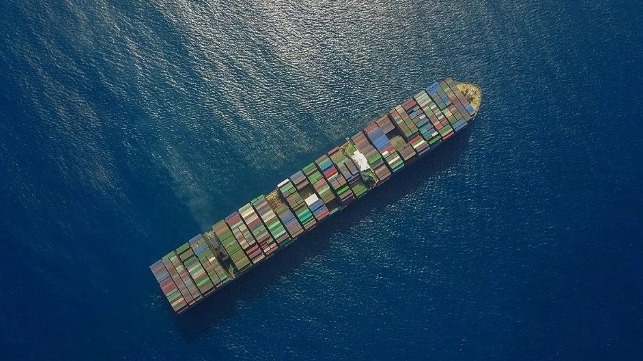Carrier Schedule Reliability Records First Year-Over-Year Improvement

After hitting a low point at the beginning of 2022, schedule reliability and delays among the container carriers are steadily improving. The market is showing the first signs that the supply chain is managing after the challenges over the past two years brought on by the pandemic and the surge in consumer demand. This progress comes after the end of lockdowns in China but despite labor strikes at ports and persistent reports of backlogs.
“Global schedule reliability seems to have broken the trend seen since the start of this year,” said Alan Murphy, CEO of Sea-Intelligence. “This also marked the first time since the start of the pandemic that schedule reliability improved year-over-year.”
According to newly released data from the analytical and advisory service, schedule reliability increased by 3.6 percentage points in June 2022 to 40 percent. While it continued the improvement trend that started in February, it is the first time in 12 months that reliability has reached this level. The second half of 2021 saw a marked decline and by the end of the year, two-thirds of vessels were operating behind schedule.
The last time container shipping was above the 40 percent on schedule figure was March 2021. The level, however, remains significantly below historic averages of 70 percent or better in the years between 2018 and 2020. Sea-Intelligence bases its report on an analysis of 34 different trade lanes and more than 60 carriers.
Contributing to the overall improvement were strong gains by many of the leader carriers. Among the 14 top carriers schedule reliability improved by 2.5 percent which represented an 8 percent year-over-year improvement with some of the largest gains coming from carriers based in Asia including Evergreen, COSCO, HMM, and others.
“There were 10 carriers with schedule reliability of 30 to 40 percent and only two with schedule reliability of 20 to 30 percent,” highlights Murphy. He also pointed out that there is a small range of difference with 10 of the carriers within 7 percentage points of each other.
Maersk and Hamburg SUD continue to have the highest schedule reliability, but both of them showed a small decline year-over-year. They, however, continue as the only carriers with better than 40 percent reliability. Among the larger carriers, Wan Hai and Yang Ming both continues to be below 30 percent but also showed strong year-over-year improvements.
The average delay also is strongly improved in 2022 but for the past two months has remained at 6.24 days. Between January and May 2022, it showed monthly improvements and overall is dramatically lower than the peak of nearly 8 days in January 2022 and the average of 6.9 days for all of 2021. Historically, however, the industry has run between average delays of 4 to 5 days.
Contributing to the improvements in 2022 could be the decline in volumes being reported by the major carriers. However, lines including Maersk have commented that port congestion persists predicting that it is likely to continue at least in the near future. Adding to the challenge is the historic increase in shipping volumes in the next few months as retailers prepare for holiday season sales while uncertainties remain such as the potential for a strike at the U.K.’s largest container port and the labor negotiations ongoing for the U.S. West Coast longshore workers.
